How to Brew the Perfect Cup of Matcha Tea
Matcha tea is a traditional Japanese green tea that has been gaining popularity in recent years due to its numerous health benefits and unique taste. Unlike other teas, matcha tea is made from finely ground tea leaves, which are whisked with hot water to create a frothy and flavorful beverage.
What is Matcha Tea?
Matcha tea is made from the leaves of the Camellia sinensis plant, which are grown in the shade to increase their chlorophyll content and create a vibrant green color. The leaves are then hand-picked, steamed, and dried before being ground into a fine powder.
Matcha tea is unique in that the entire tea leaf is consumed, rather than just the steeped water. This means that matcha tea contains more nutrients and antioxidants than other types of tea.
Why is Matcha Tea Popular?
Matcha tea has gained popularity in recent years due to its numerous health benefits. It is rich in antioxidants, which can help protect against cancer and other chronic illnesses. Matcha tea also contains caffeine and L-theanine, which work together to provide a calm and focused energy boost.
In addition to its health benefits, matcha tea has a unique taste that is both earthy and sweet. It can be enjoyed on its own or used as a flavorful ingredient in recipes such as smoothies, baked goods, and savory dishes.
In the next sections of this article, we will explore the steps to brewing the perfect cup of matcha tea, including the equipment needed, the proper technique, and tips for enhancing the flavor.
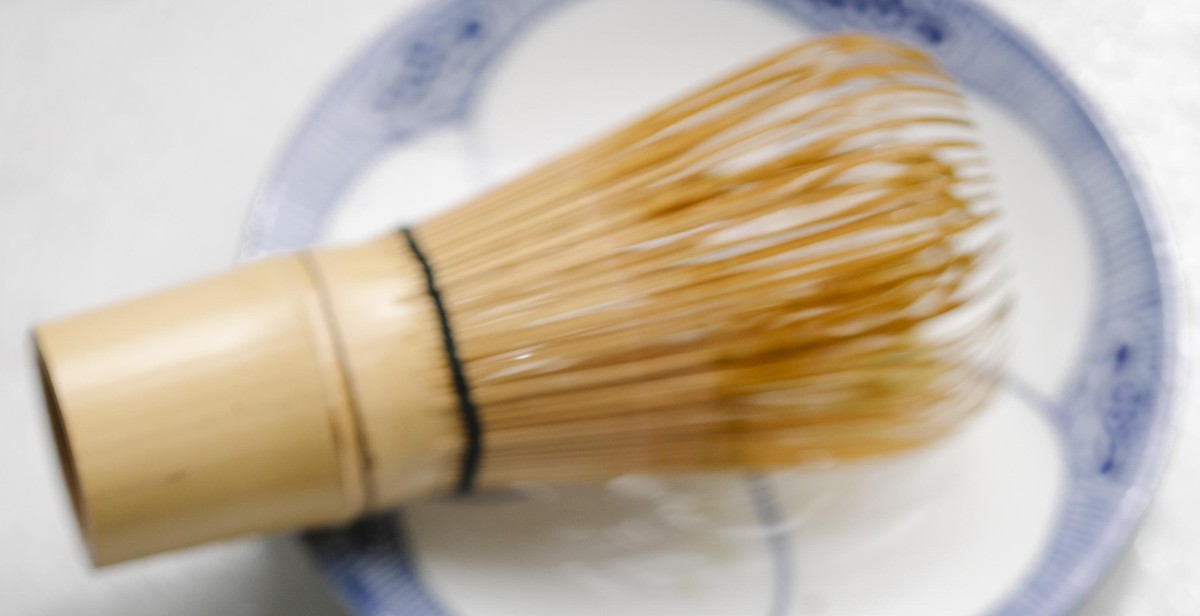
Choosing the Right Matcha Tea
Matcha tea is becoming increasingly popular due to its numerous benefits. However, choosing the right matcha tea can be a daunting task, especially for beginners. Here are some factors to consider when choosing the right matcha tea:
Ceremonial Grade vs Culinary Grade
Matcha tea is classified into two grades, ceremonial and culinary grade. Ceremonial grade matcha is made from the youngest tea leaves, which are handpicked and processed with utmost care to maintain their flavor and aroma. It is considered the highest quality matcha tea and is used in traditional Japanese tea ceremonies. On the other hand, culinary grade matcha is made from older tea leaves and is commonly used in cooking and baking. It is less expensive than ceremonial grade matcha, but it has a stronger flavor and is less smooth.
Organic vs Non-Organic
Organic matcha tea is grown without the use of synthetic fertilizers and pesticides, making it a healthier option. Non-organic matcha tea, on the other hand, is grown using synthetic fertilizers and pesticides, which may have harmful effects on your health. If you are concerned about your health and the environment, choose organic matcha tea.
Origin of Matcha Tea
Matcha tea is grown in different regions around the world, including Japan, China, and Korea. Japan is known for producing the highest quality matcha tea, with Kyoto being the most famous region. When choosing matcha tea, consider the origin as it affects the flavor and quality of the tea.
Flavor Profile
Matcha tea has a unique flavor profile, ranging from sweet to bitter. The flavor is influenced by factors such as the age of the tea leaves, the region where it was grown, and the processing method. Ceremonial grade matcha tea has a sweeter and smoother flavor, while culinary grade matcha tea has a stronger and more bitter flavor.
| Grade | Flavor | Usage |
|---|---|---|
| Ceremonial Grade | Sweet and Smooth | Drinking |
| Culinary Grade | Strong and Bitter | Cooking and Baking |
Consider the flavor profile when choosing matcha tea, as it affects how you can use it in your drinks and recipes.
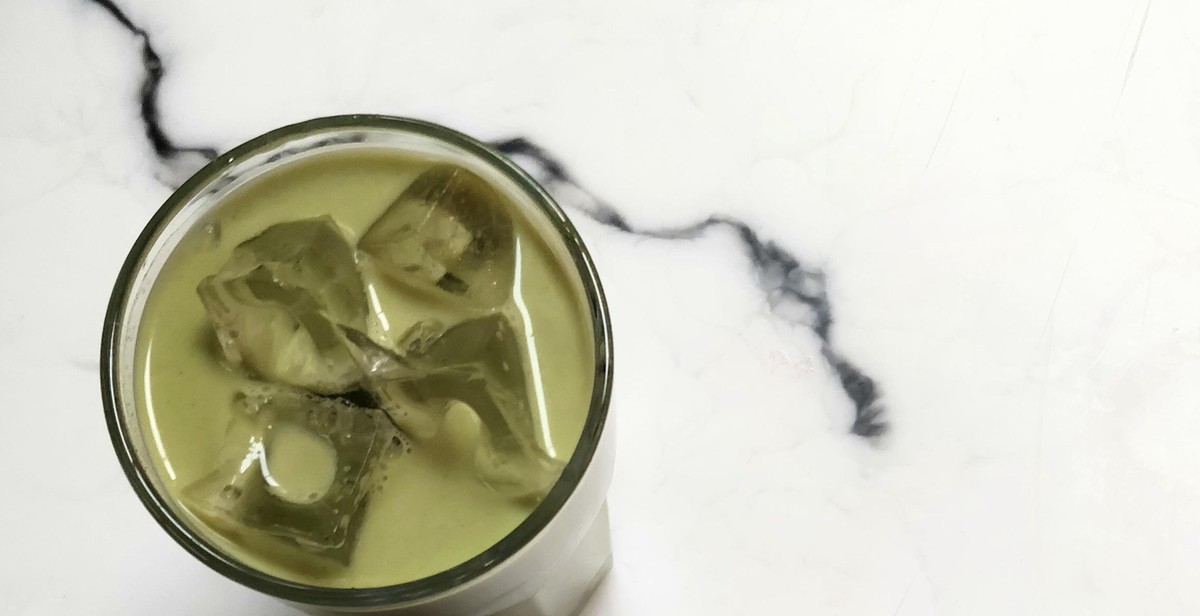
Equipment Needed for Brewing Matcha Tea
Brewing matcha tea requires some special equipment to ensure the tea is prepared correctly. Here are the essential tools you need to make the perfect cup of matcha tea:
Matcha Bowl or Chawan
A chawan is a traditional Japanese tea bowl used for whisking and drinking matcha tea. It is usually made of ceramic or porcelain and has a wide, shallow shape that makes it ideal for whisking the tea. The bowl should be large enough to hold the whisk and allow for easy whisking without spilling the tea.
Matcha Whisk or Chasen
A chasen is a bamboo whisk used to prepare matcha tea. It is made of fine bamboo tines that are intricately woven together to form a delicate whisk. The whisk is used to froth the tea, creating a smooth and creamy texture. The tines of the whisk should be evenly spaced and flexible enough to whisk the tea without breaking.
Matcha Scoop or Chashaku
A chashaku is a bamboo scoop used to measure the matcha powder. It is traditionally made from a single piece of bamboo and has a curved shape that allows for easy scooping of the tea. The scoop should be the right size to measure the correct amount of matcha powder for each cup of tea.
These three tools are essential for brewing matcha tea. They ensure that the tea is prepared correctly and that the taste and texture are perfect.
| Equipment | Function |
|---|---|
| Matcha Bowl or Chawan | Used for whisking and drinking matcha tea |
| Matcha Whisk or Chasen | Used to froth the tea, creating a smooth and creamy texture |
| Matcha Scoop or Chashaku | Used to measure the matcha powder |
Make sure you have these tools on hand before you start brewing your matcha tea to ensure the best possible taste and texture.
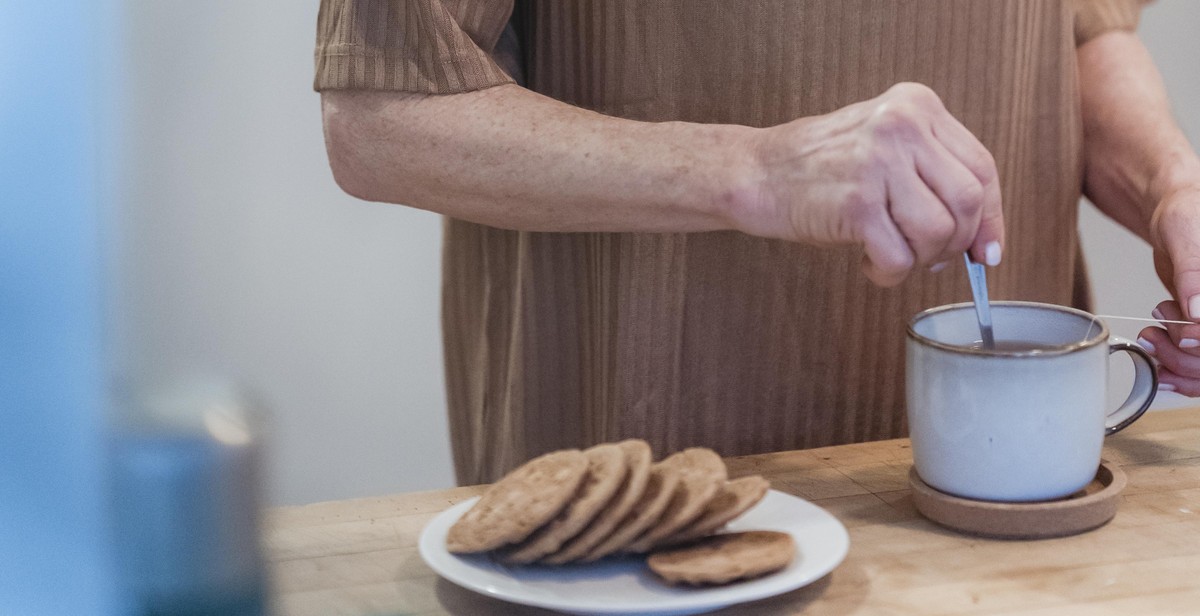
Steps to Brew the Perfect Cup of Matcha Tea
Matcha tea is a popular Japanese beverage that is known for its health benefits and unique taste. To brew the perfect cup of matcha tea, you need to follow these simple steps:
Step 1: Boil Water
The first step to brewing the perfect cup of matcha tea is to boil water. Make sure you use fresh and clean water. It is recommended to use water that is around 175°F (80°C). If the water is too hot, it can burn the tea leaves and affect the taste.
Step 2: Sift Matcha Tea
Next, sift the matcha tea into a bowl to remove any lumps or clumps. This will ensure that the tea is smooth and consistent. Use a fine mesh strainer or a sifter to sift the tea into the bowl.
Step 3: Add Hot Water
Once the water has boiled, let it cool down for a few minutes before adding it to the bowl with the matcha tea. Add a small amount of hot water to the bowl and whisk it into a smooth paste. This will help to release the flavor and aroma of the tea.
Step 4: Whisk the Matcha Tea
Finally, whisk the matcha tea in a back-and-forth motion until it becomes frothy. Use a bamboo whisk or a milk frother to create a smooth and creamy texture. This will help to release the full flavor and aroma of the tea.
By following these simple steps, you can brew the perfect cup of matcha tea that is smooth, creamy, and full of flavor. Enjoy!
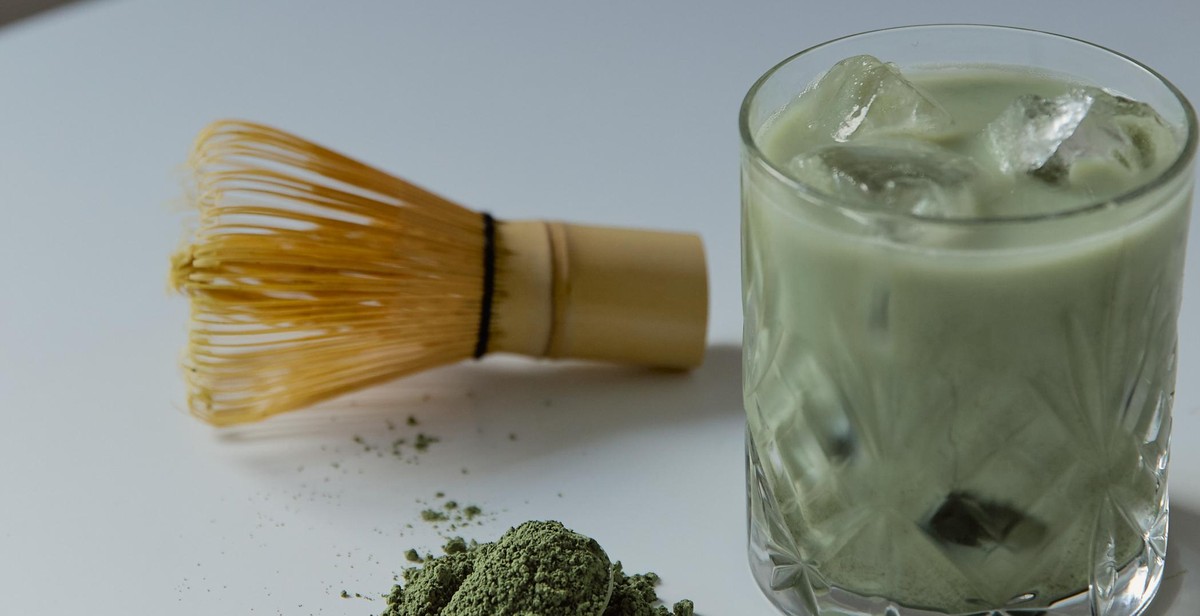
Tips for Brewing the Perfect Cup of Matcha Tea
Use the Right Water Temperature
The water temperature is crucial when it comes to brewing the perfect cup of matcha tea. The ideal water temperature for matcha tea is between 160°F and 175°F. Boiling water can make the tea taste bitter, while water that is too cool will not extract the full flavor of the tea. To achieve the perfect temperature, boil the water and let it cool for a few minutes before adding the matcha tea powder.
Measure the Matcha Tea Correctly
Measuring the matcha tea powder correctly is essential for a perfect cup of matcha tea. The recommended ratio is 1 teaspoon of matcha tea powder for every 6 ounces of water. Use a bamboo spoon or a teaspoon to measure the tea powder. It is important to sift the tea powder before measuring it to avoid any clumps.
Whisk the Matcha Tea Properly
Whisking the matcha tea powder properly is the key to achieving a smooth and frothy cup of matcha tea. Use a bamboo whisk or a frother to whisk the tea powder and water in a zigzag motion until the tea is frothy and there are no clumps. It is important to whisk the tea immediately after adding the water to avoid any clumps.
- Use a high-quality matcha tea powder for the best results.
- Avoid using metal utensils as they can react with the tea and affect the taste.
- Store the matcha tea powder in an airtight container in a cool and dry place to preserve its freshness.
| Tip | Description |
|---|---|
| Use the Right Water Temperature | Water temperature should be between 160°F and 175°F to avoid bitterness. |
| Measure the Matcha Tea Correctly | Use 1 teaspoon of matcha tea powder for every 6 ounces of water and sift the powder before measuring. |
| Whisk the Matcha Tea Properly | Whisk the tea powder and water in a zigzag motion until frothy and smooth. |
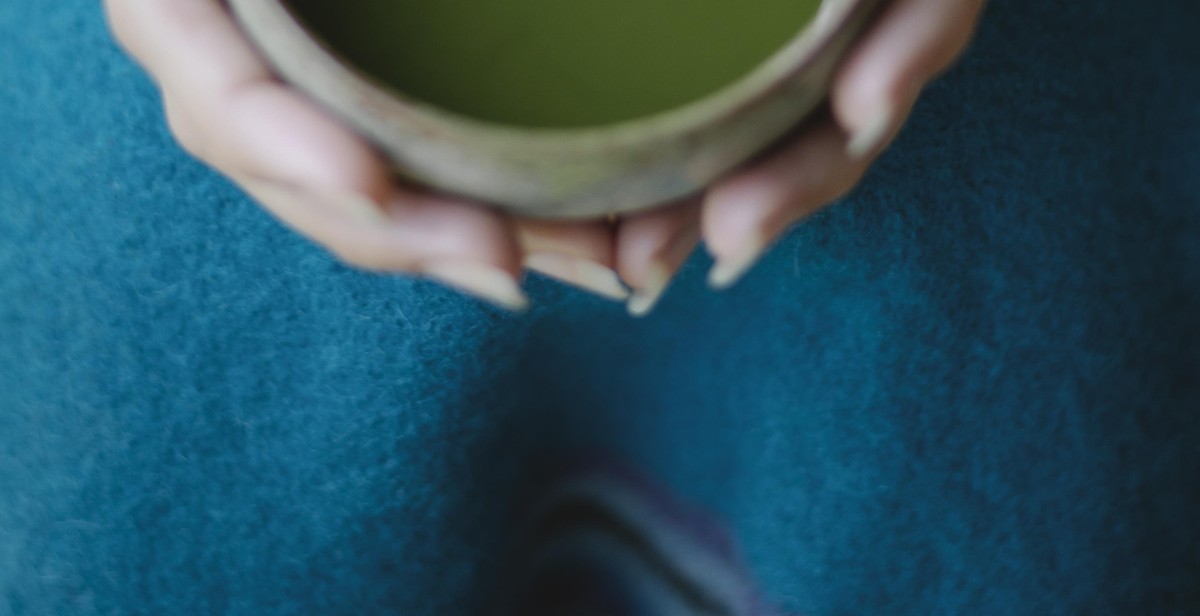
Conclusion
Matcha tea is a unique and delicious way to enjoy the benefits of green tea. With its vibrant green color and rich flavor, it’s no wonder that matcha has become increasingly popular in recent years. By following the steps outlined in this article, you can easily brew the perfect cup of matcha tea at home.
Key Takeaways
- Matcha tea is made by grinding high-quality green tea leaves into a fine powder.
- When brewing matcha, it’s important to use water that is not too hot to avoid burning the tea leaves.
- Matcha is traditionally whisked with a bamboo whisk until frothy.
- Matcha can be enjoyed on its own or used in a variety of recipes, such as lattes and smoothies.
Final Thoughts
Whether you’re a seasoned tea drinker or new to the world of matcha, brewing the perfect cup can be a fun and rewarding experience. By experimenting with different brewing methods and recipes, you can discover your own personal favorite way to enjoy this delicious and nutritious beverage.
| Benefits of Matcha Tea | How to Brew the Perfect Cup of Matcha Tea |
|---|---|
| High in antioxidants | Use high-quality matcha powder |
| Boosts metabolism | Heat water to 175°F |
| Provides a calm energy boost | Whisk matcha with a bamboo whisk |
| Supports healthy digestion | Enjoy on its own or use in recipes |
